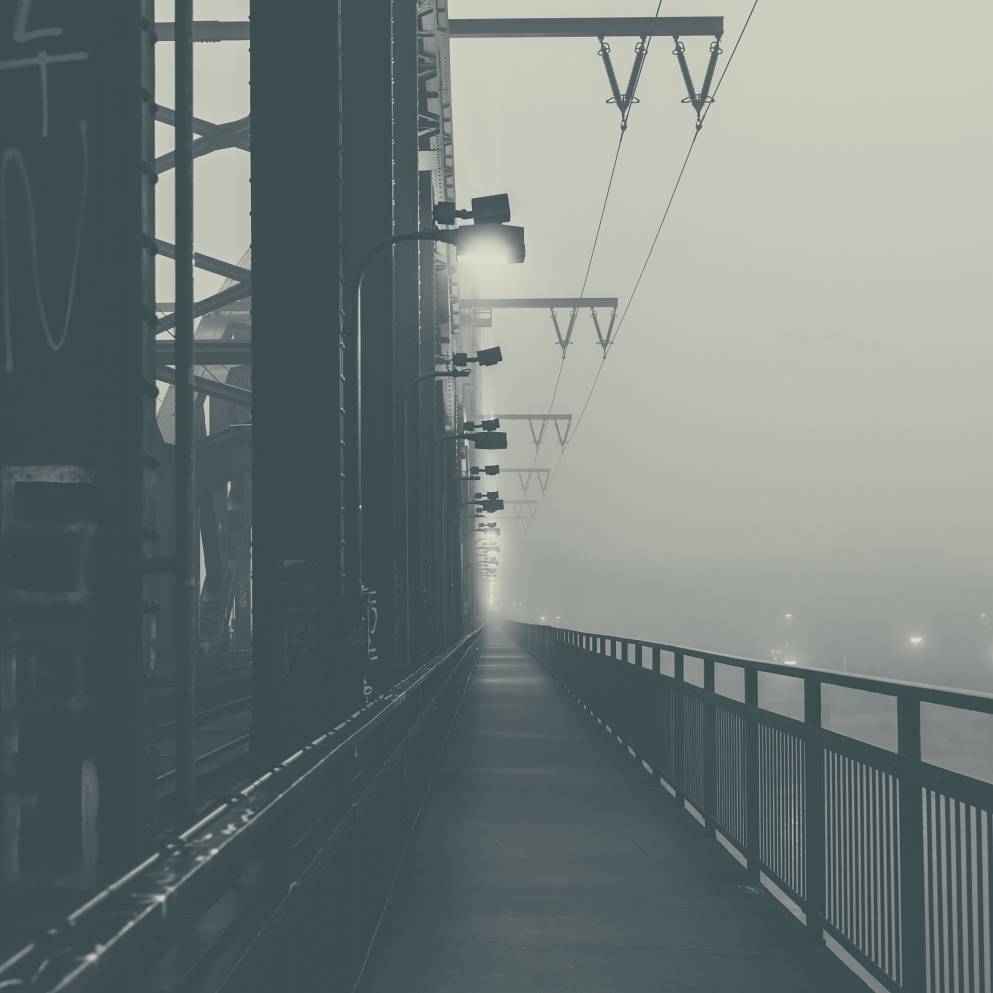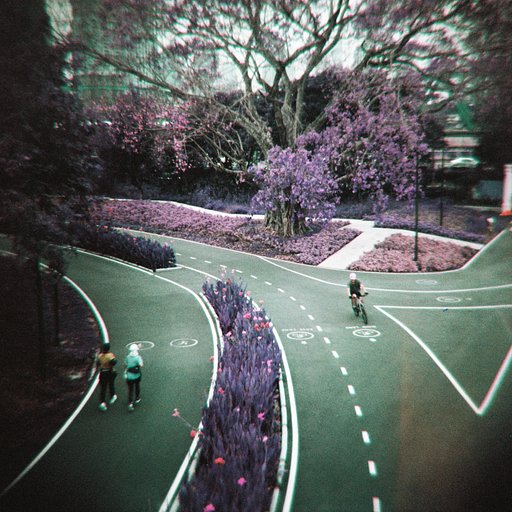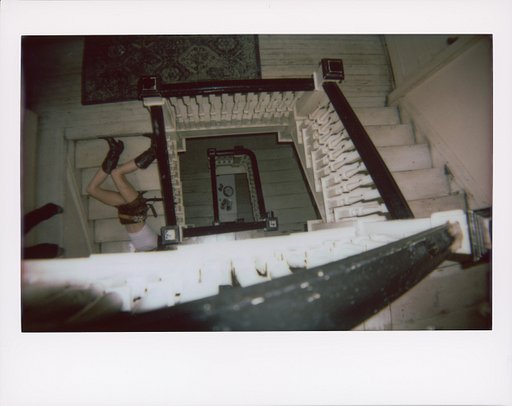Painting the Night - An Interview with Michael Streckbein
3 10 Share TweetTransforming mundane scenes into cinematic ones, Michael Streckbein is a master of compelling visuals and fine composition. We loved his work on his moody landscapes from the get go so we knew we had to get him for an interview. He was gracious enough to talk about his process and creative style and points out why he doesn't want to stick to a formula when it comes to his work. The way he sets up his shots are worth taking notes for.

Hello, Michael. Welcome to the Lomography Magazine. Please tell us a bit about yourself.
Hello, my name ist Michael Streckbein, I am a photographer living in Cologne, Germany
How would you define photography? What attracted you to it?
For me, photography was always about observing and finding interesting details in the world around me, looking for new angels and perspectives with which I can, hopefully, offer a new and fresh view on things.

What's your favorite thing about taking photographs?
I started to take analog pictures around 25 years ago with a camera I inherited from my father, a Praktica BC-1, an SLR which he bought in the mid 80s in eastern Germany. Shortly after that it became even more interesting for me with my first darkroom. Developing my own films and seeing the pictures come to life in the chemicals was very exciting, rewarding and also essentially what got me hooked. The attraction is still the same, only that nowadays it's a digital process.

Let's talk a bit about your work -- how would you describe your photographic approach?
I guess my approach is a very intuitive one, I seldom work with a definite plan for a project, I try to visualize in my mind how I want the pictures to look like and then just go with the flow. Also, a lot of the work happens afterwards in the postprocessing. In that regard I sometimes feel more like a painter than a photographer.
Who or what would you say was the biggest influence in your work?
The transition from analog to digital photography was definitely a big step. The digital post processing opened up a whole new world of possibilities.
How do you stay creative?
By keeping an open mind and an open eye.
We love the variety of your work. You don't seem to settle with just one look. Was that an intentional move?
No, that's just something that developed over the years. Also, I can´t really think of a reason why I would limit myself or my work to one particular style or concept.

Walk us through your creative process -- what goes on in your mind when you're taking a photograph?
In a perfect situation with a perfect motive? Absolutely nothing. In that case I can blend out everything around me, concentrate and just take picture after picture until I run out of time, battery or space on my memory card.
What would you like your audience to experience when they see your work?
It´s always nice when people experience and feel the same as I did when I took and processed a picture but sometimes it is even more interesting to hear about their own view and feelings about my work, especially with abstract photography.

Your different landscape series are incredible. The "Nightland" projects have that strong eerie mood. What's the story behind them?
Thank you very much! I already had worked on some earlier projects with pictures taken at night and I was always fascinated by the light mood a city has to offer after sunset and I also like taking pictures in the fog. I love the eerie mood, it reminds me of stories by H.P. Lovecraft. It´s fascinating how fog can change a mundane scenery to something different -- completely, visually and also emotionally. So, combining these two was kind of inevitable.

In your opinion, what makes a 'good photograph?'
When it evokes some strong emotion by watching it.
Describe your style in 3 words.
Exploring the unusual.

Who are the artists that you follow on a regular basis?
There are so many great people out there. Behance is a good way to follow and discover other photographers. Julien Coquentin and Kim Høltermand would be great examples with awesome work. I also love the work of Daido Moriyama and Hiroshi Sugimoto, both great photographers from Japan. My "Equilibrium" series was inspired by Sugimoto's work. And of course Nadine Targiel and Florian W. Mueller, both friends and fellow photographers from Cologne. Together, in 2014, we founded the Jetztzeit Club, an artist collective dedicated to showing great and unusual photography.
What advice would you give to aspiring photographers and creatives out there?
Don´t get discouraged quickly, it takes a lot of patience. Also, when you are not satisfied with the pictures you have taken, it sometimes helps to put them aside for a couple of days or weeks and come back to them later with a fresh view.

What do you think matters more -- talent or skill?
I think they are both equally important and would not suffice without the other.
For you, what is the biggest challenge that a photographer could face in this day and age?
Making a lasting impression with your work. Although it has gotten far easier to reach people all over the world, the sheer number of photographs out there makes it harder to get the attention of the audience.
Does gear matter when it comes to putting out creative content?
In my opinion only if it´s really essential for a picture, for example a tripod for long time exposures etc.

If you weren't a photographer, what would you be?
Sad and missing something.
How does a perfect day look like for Michael Streckbein?
Having enough time for a good cup of coffee in the morning pretty much does the trick.

What's next for you?
While not having any immediate plans, I am still working on a third Nightland series and after that, who knows?
Any last words for our readers?
Well, I hope everybody enjoyed this interview and my pictures, thank you very much for your interest. And thanks a lot to Marc and the Lomography Online Magazine.
If you're interested in Michael's work, you may head over to his Behance and Instagram for more.
written by Marc Ocampo on 2018-01-13 #people #night #artist #cityscape #pattern #feature #michael-streckbein


















3 Comments